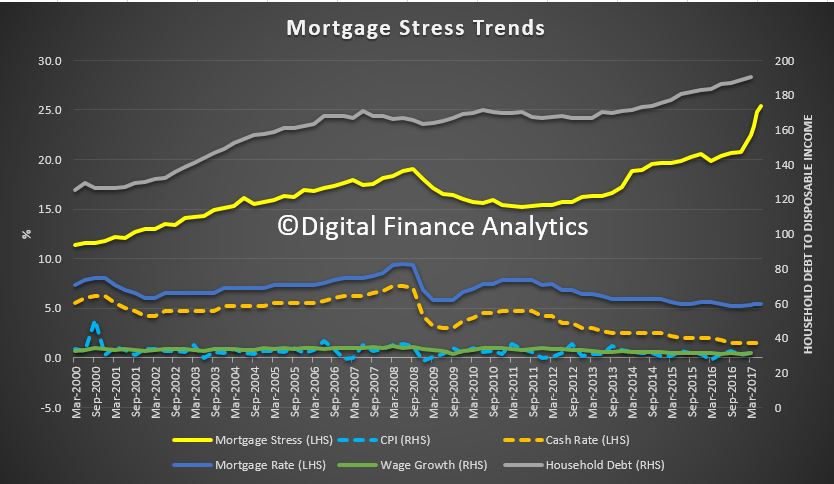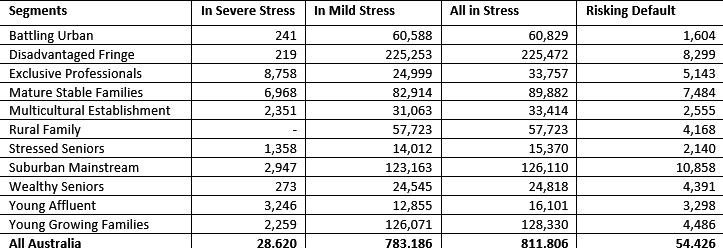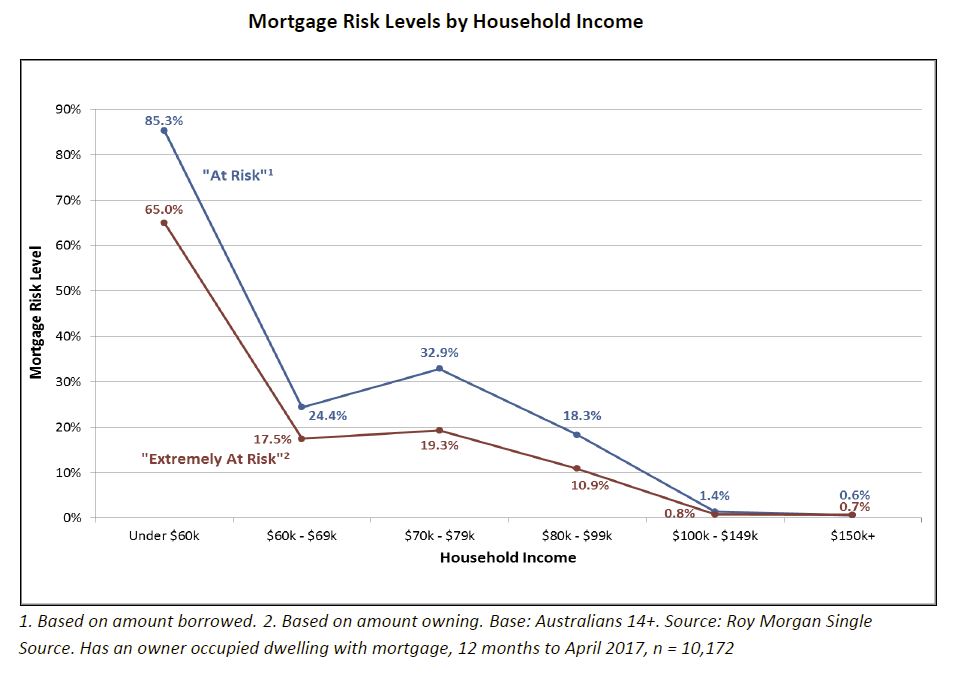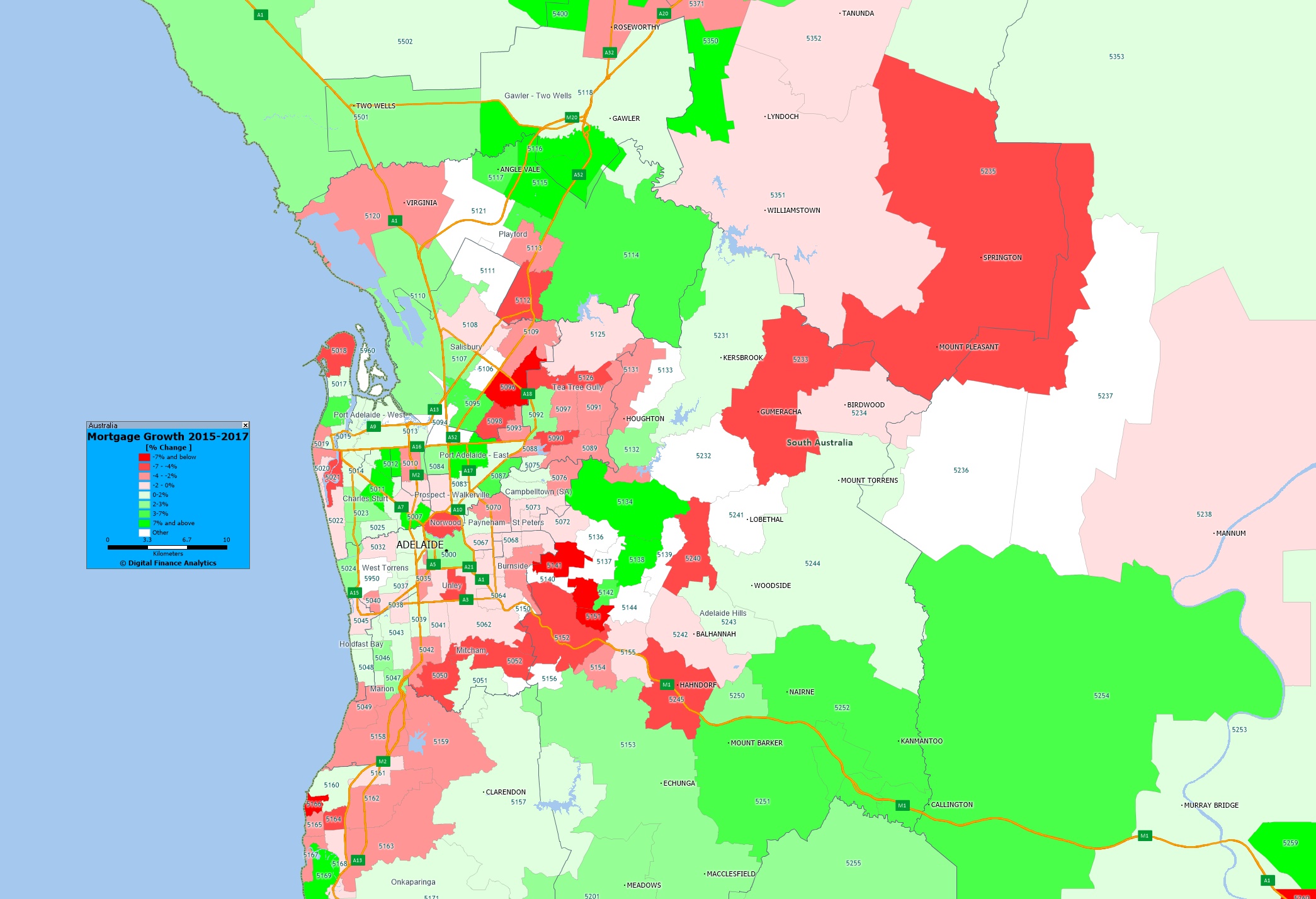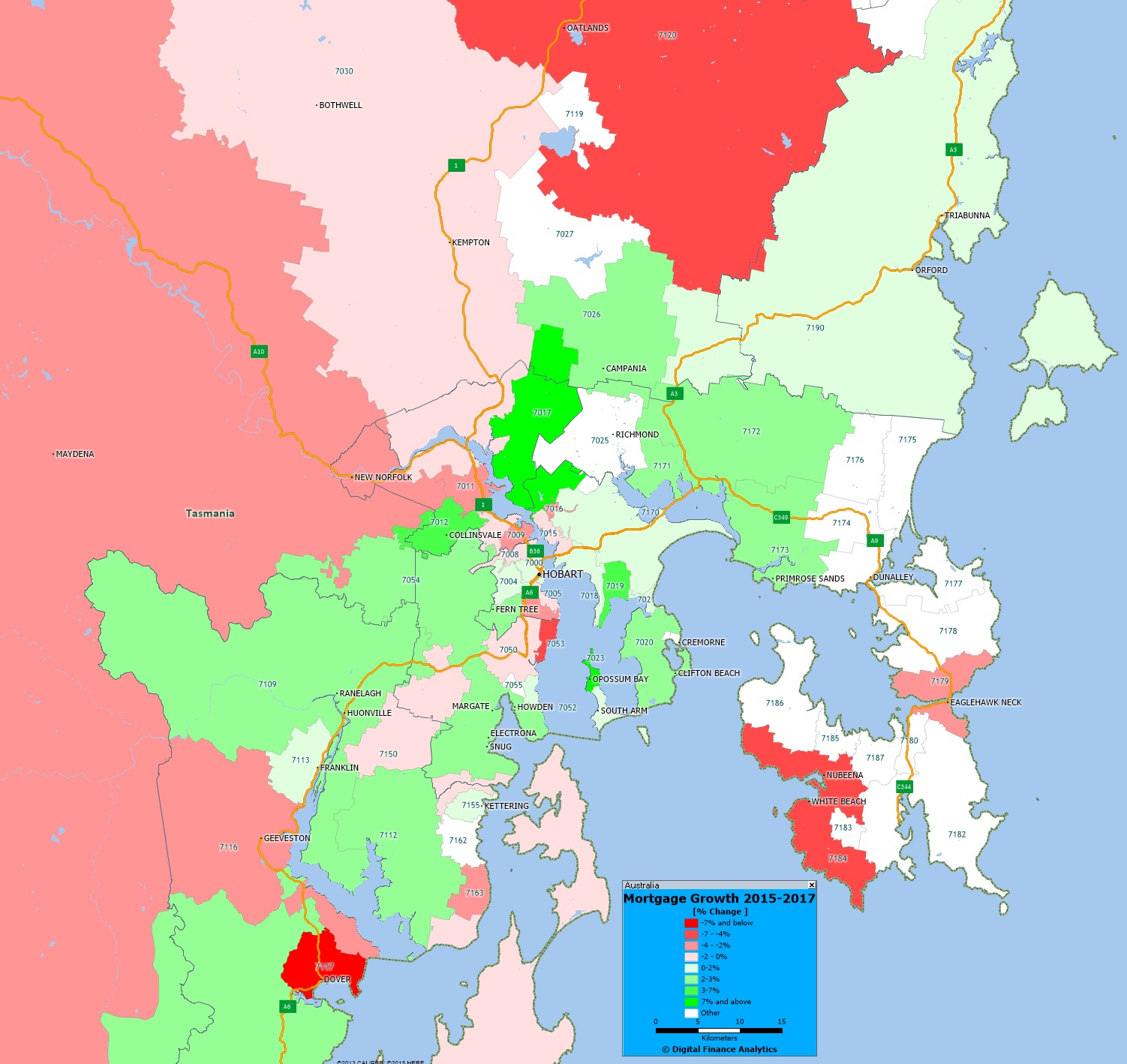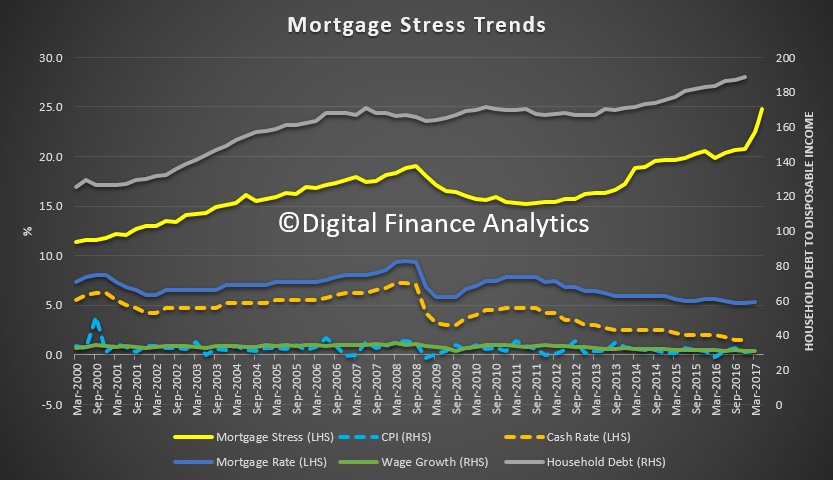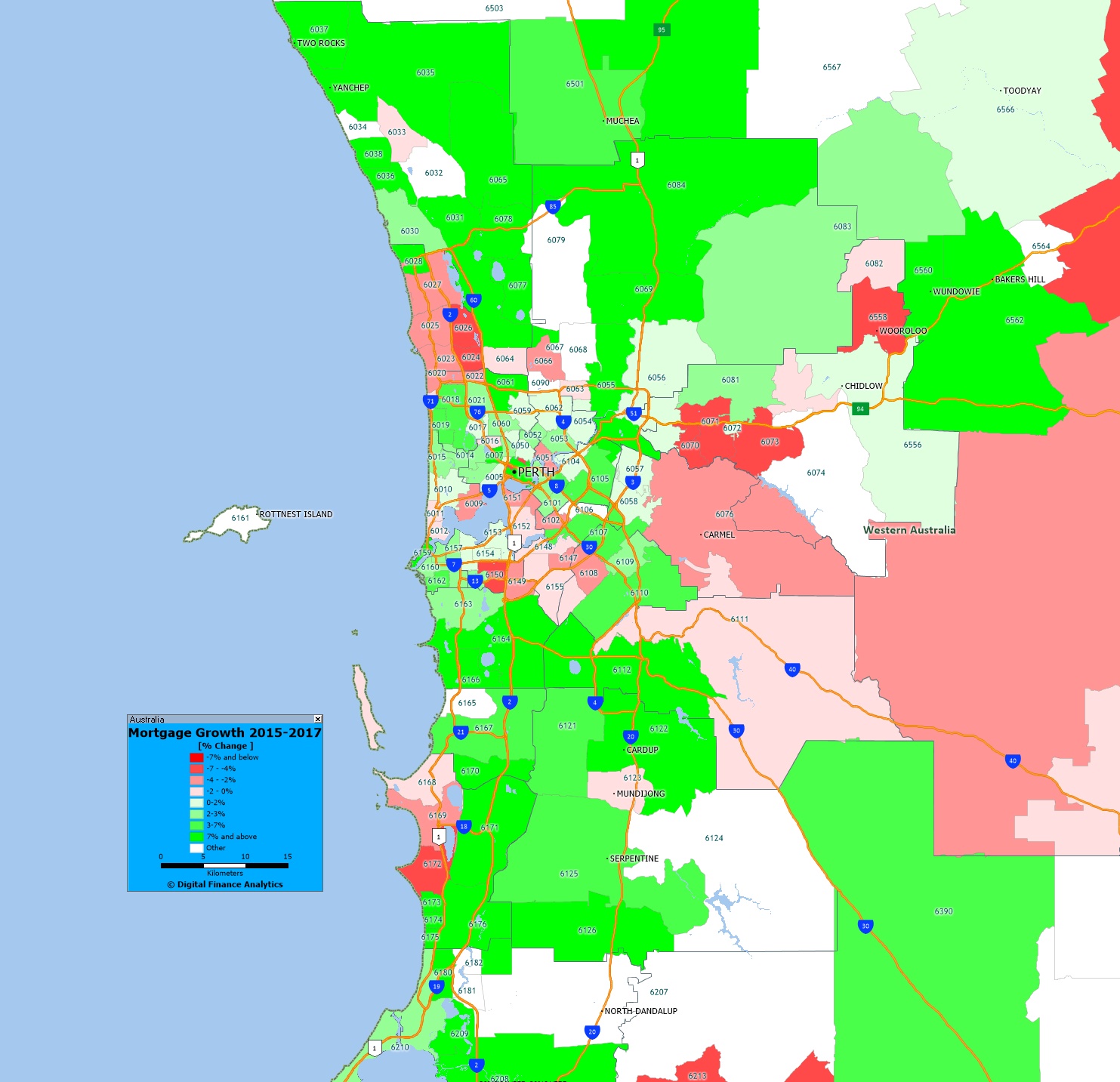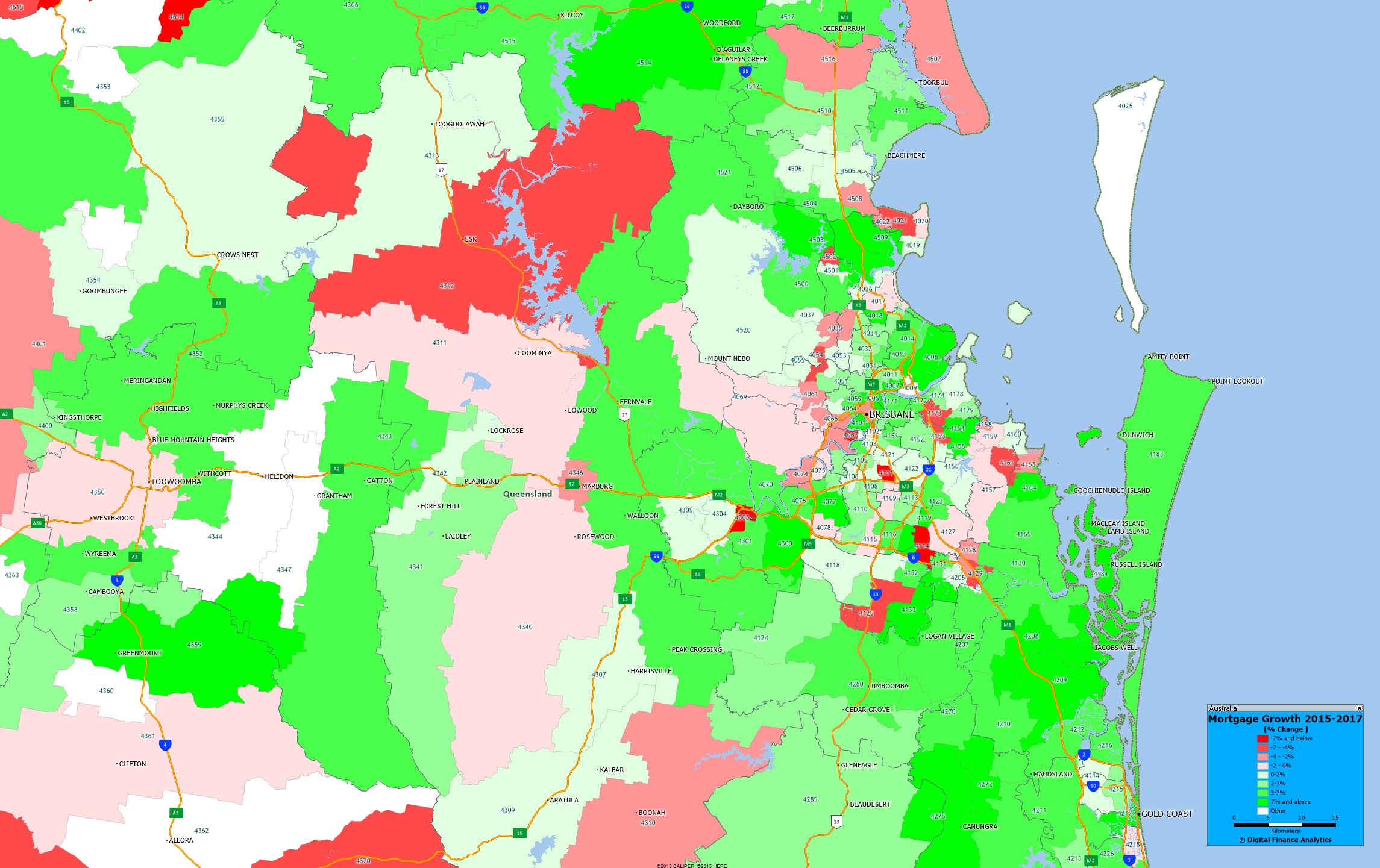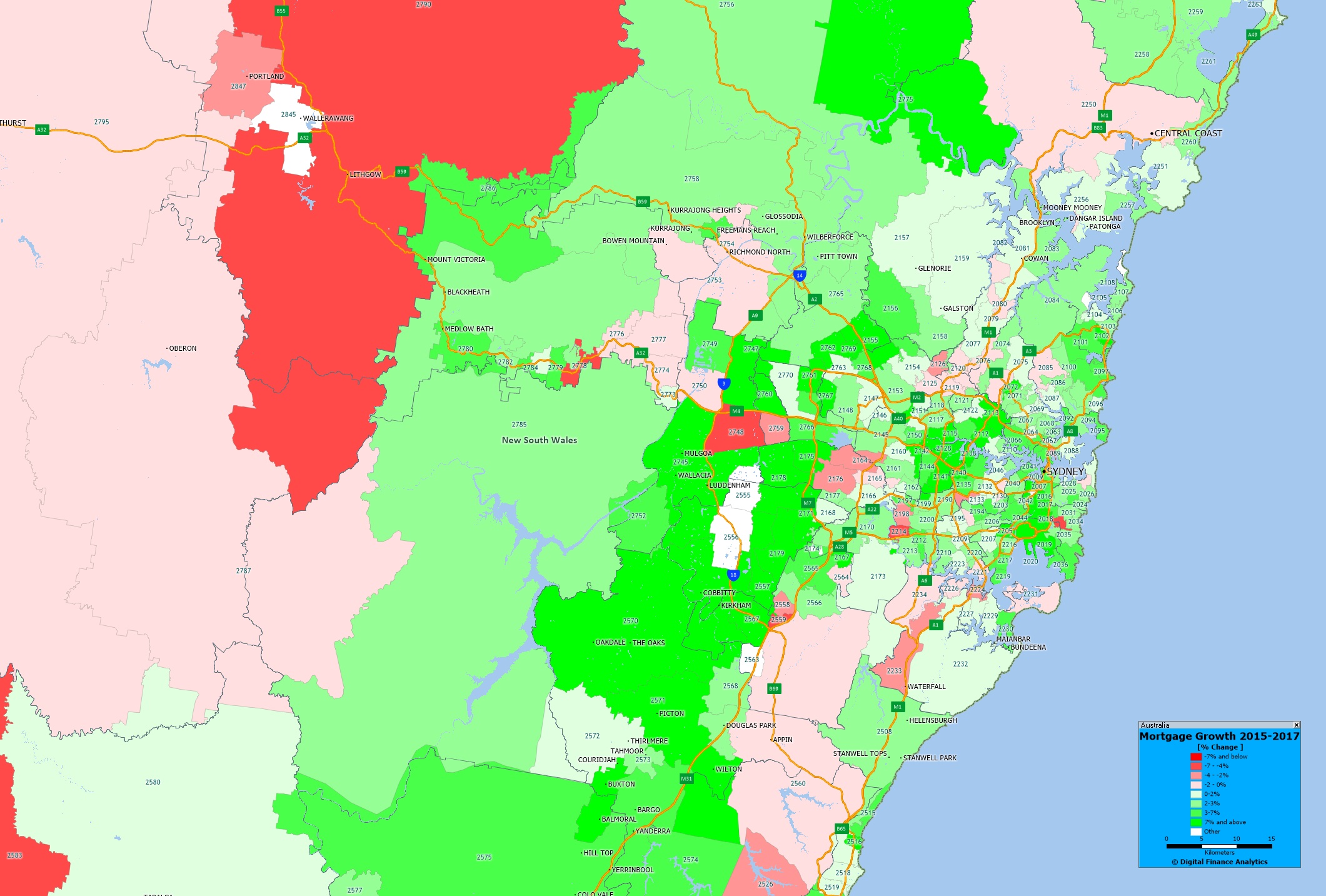New research findings from Roy Morgan found that over the last decade, the big four banks have all increased their share of their customers’ dollars (‘share of wallet’). This metric is the most objective measure of customer loyalty because it is based on their financial behaviour rather than the more subjective measures that lead to this outcome.
These are the latest findings from Roy Morgan’s Single Source survey of over 50,000 consumers conducted over the 12 months to May 2017.
Big potential remains to increase business from existing customers
The following chart shows that the only two major banks obtaining more than 60% of their customers’ business are Bank SA (60.9% share of wallet) and CBA (60.4%). Both of these banks have shown improvement over the last decade, with Bank SA up 12.4% points and CBA up 7.4% points.
All of the big four banks have shown improvement in ‘share of wallet’ over the last decade, which correlates with their improvement in satisfaction over this period. Apart from the CBA (up 7.4% points), the ANZ improved by 5.2% points (to 52.4%), the NAB was up 4.0% points (to 55.3%) and Westpac improved by 1.3% points (to 52.5%).
’Share of Wallet’ depends mainly on the performance in the top quintile
The top quintile (or 20%) of banking customers, based on the value of all their banking products, accounts for nearly three quarters (74.2%) of the total value of banking products and as a result it becomes critical to measure performance in this key segment.
The best performer for ‘share of wallet’ in the top quintile is Bank SA (60.3%), followed by the CBA (58.1%).
All of the banks shown in this chart have a higher ‘share of wallet’ among their lower value quintile customers, largely as a result of their having less overall value in banking products, making it difficult to split their banking across different institutions. Bank customers in the highest value quintile on the other hand, with a minimum value in banking products of $466,000, generally have considerable scope to split their banking,
Norman Morris, Industry Communications Director, Roy Morgan Research says:
“This research has shown that in order to maximise the value to banks obtained from each of their customers, it is necessary to increase and track ‘share of wallet’, particularly in the higher value segment. The advantage of using ‘share of wallet’ is that it is the best behavioural metric for measuring brand loyalty.
“Results in this survey show that it generally takes time to improve ‘share of wallet’, as evidenced by the fact that the major banks have taken a decade to show significant improvement. There is a strong indication that the major improvement in customer satisfaction with banks over this period is likely to have contributed to this positive trend in ‘share of wallet’. The challenge now is to maintain this momentum by improving the proportion of ‘very satisfied’ customers in the high value (top quintile) segment, as they are not only likely to then become strong advocates for their bank but have the most potential to increase their ‘share of wallet’.
“There remains considerable opportunity for banks to increase business with their existing customers as they are currently only capturing around half of what is possible”.



